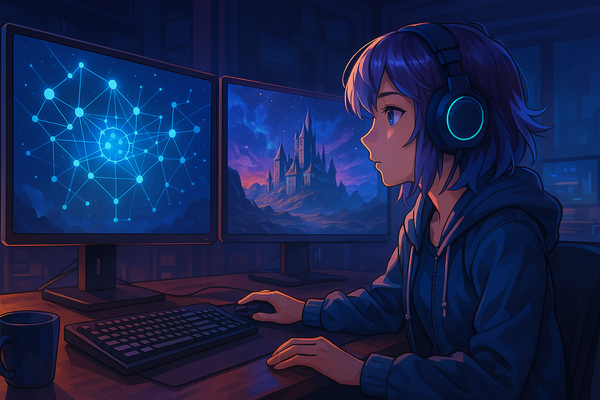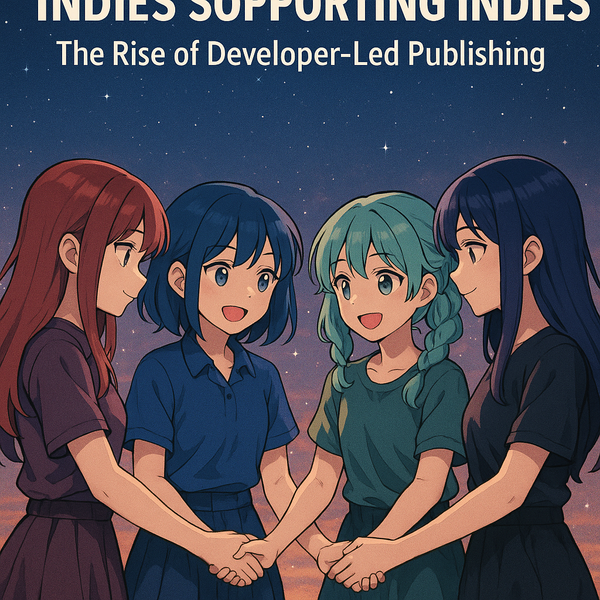Procedural generation: Crafting infinite worlds with finite resources
Procedural generation is a technique in game development that uses algorithms to create content dynamically, enabling the creation of vast, diverse, and unpredictable game worlds with limited resources (Game Dev Academy).
Understanding procedural generation
At its core, procedural generation involves the use of mathematical algorithms to produce game content such as levels, landscapes, quests, and even entire worlds. This approach contrasts with traditional methods where each element is manually crafted by developers. By automating content creation, procedural generation allows for:
- Scalability: Developers can generate expansive game environments without proportionally increasing development time or costs.
- Replayability: Randomized content ensures that each playthrough offers a unique experience, enhancing the game's longevity.
- Resource efficiency: Smaller development teams can produce content-rich games without the extensive resources typically required for manual creation.
Applications in game development
Procedural generation is employed in various aspects of game development, including:
- Level design: Creating randomized dungeons, terrains, and environments that offer new challenges in each session.
- Content creation: Generating diverse items, quests, and characters to populate the game world.
- World building: Constructing entire universes with unique ecosystems, landscapes, and lore.
Notable examples of procedurally generated games
Several games have successfully implemented procedural generation to enhance gameplay:
- Minecraft: Utilizes algorithms to create infinite terrains, allowing players to explore and build in a limitless sandbox environment.
- No Man's Sky: Features a procedurally generated universe with over 18 quintillion planets, each with unique flora, fauna, and ecosystems.
- Rogue Legacy: Offers procedurally generated dungeons, ensuring that each playthrough presents new challenges and layouts.
Challenges and considerations
While procedural generation offers significant advantages, it also presents challenges:
- Quality control: Ensuring that generated content is coherent, engaging, and free of errors can be difficult.
- Balancing randomness and design: Achieving a balance between unpredictability and intentional design to maintain player interest.
- Technical complexity: Developing effective procedural algorithms requires advanced programming skills and a deep understanding of game design principles.
Best practices for implementing procedural generation
To effectively utilize procedural generation, developers should consider:
- Defining clear parameters: Establishing rules and constraints to guide the generation process, ensuring consistency and quality.
- Iterative testing: Regularly testing generated content to identify and address issues early in development.
- Combining procedural and handcrafted elements: Integrating manually designed content with procedurally generated elements to achieve a harmonious balance.
Procedural generation empowers developers to craft expansive and diverse game worlds efficiently, making it a valuable tool in modern game development. By understanding its applications and challenges, developers can leverage this technique to create engaging and resource-efficient gaming experiences.




